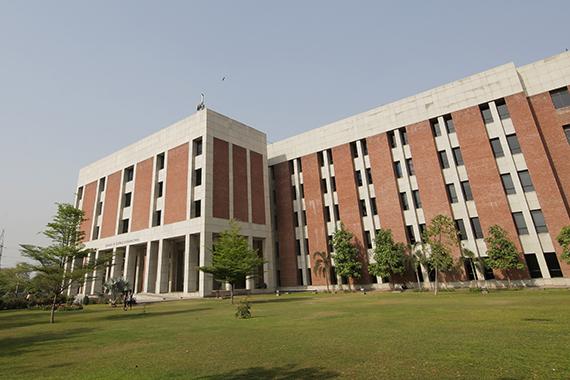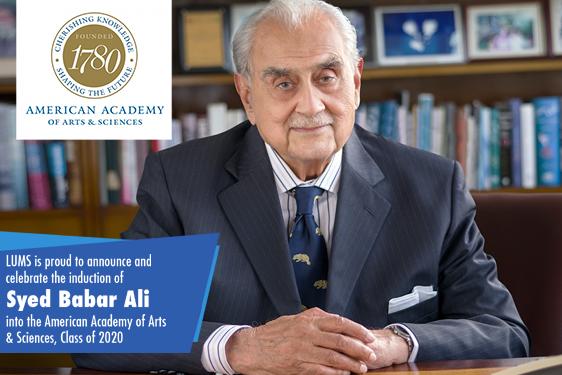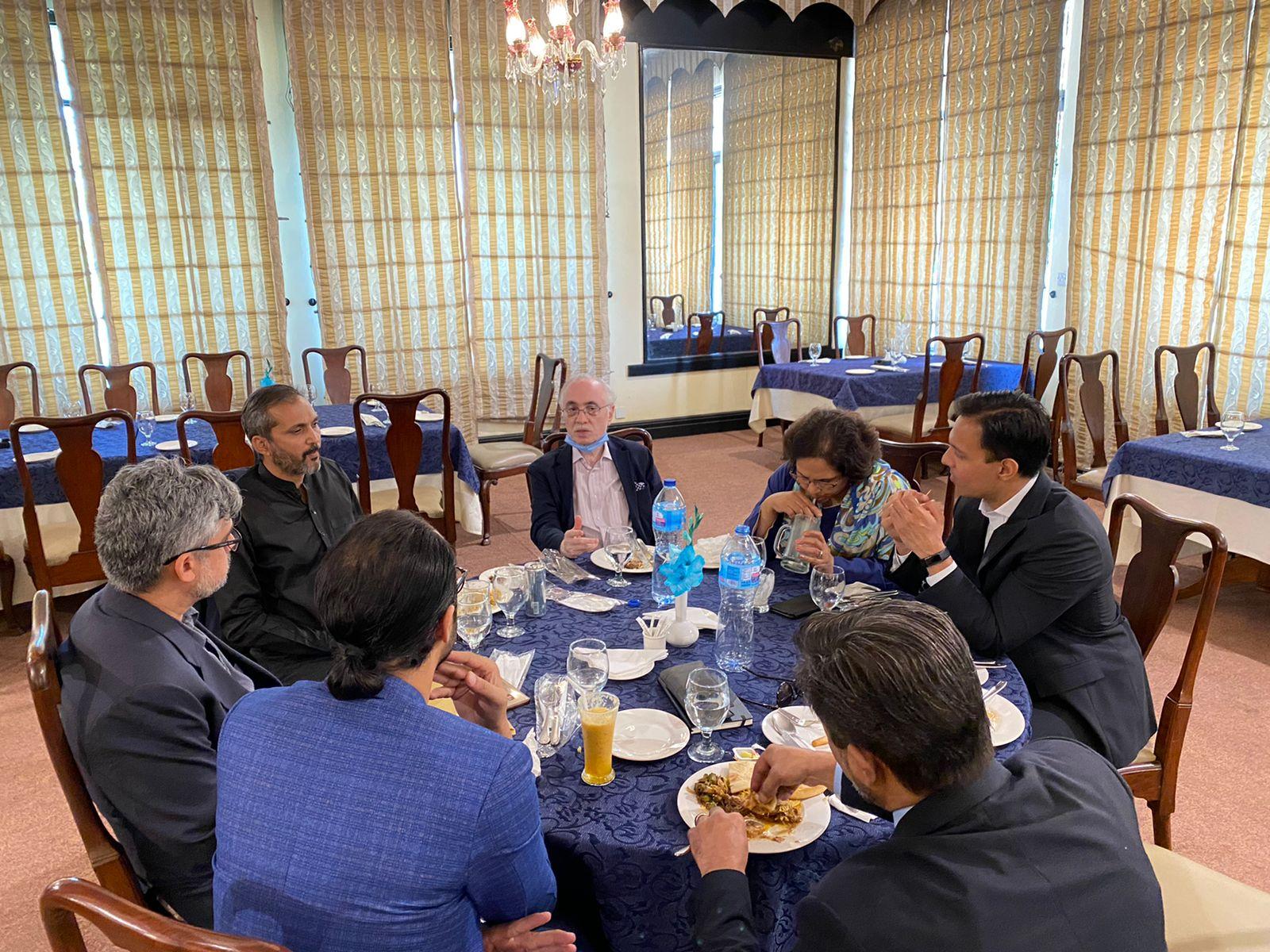
The Department of Electrical Engineering at the Syed Babar Ali School of Science and Engineering (SBASSE) held a talk on ‘From (acousto)-microfluidics to post-microfluidics on January 8, 2020. Dr. Ghulam Destgeer, Postdoctoral Fellow in the laboratory of Prof. Dino Di Carlo in the Department of Bioengineering at University of California Los Angeles (UCLA), presented the talk.
Microfluidics offers efficient control and manipulation of fluids and suspended micro-objects (particles, droplets, cells, or micro-organisms) within channels with dimensions of tens of micrometers. It is a multidisciplinary field that combines techniques from engineering, physics, chemistry, and biology to find applications in very diverse areas of research such as biotechnology, material science, therapeutics, clean energy, diagnostics, directed evolution, etc. Active microfluidic techniques make use of external force fields, such as acoustic, dielectrophoretic, magnetic, and/or optical, to manipulate the micro-objects.
Despite the development of numerous microfluidic techniques over the past two decades, the dream of a realistic lab-on-a-chip concept is still obscured by the bulky auxiliary equipment required to run and image the microfluidic chips. Most of the time, it is still considered a chip-in-the-lab, being run by a set of bulky syringe pumps, electrical or optical units, placed on the stage of a microscope for image acquisition and analysis. Moreover, the need of clean room operations such as soft lithography to fabricate these microfluidic chips and accompanying experimental apparatus prevents most biological and clinical labs to adapt such microfluidic technologies.
Recently, in the Di Carlo group at UCLA, they are working on the development of a new post-microfluidic lab-on-a-particle technology to circumvent the limitations associated with the conventional microfluidics, particularly droplet microfluidics. They have developed shape-coded, multi-material amphiphilic microparticles with hydrophilic cores and hydrophobic exteriors to create hundreds to thousands of isolated compartments by simple mixing of particles with oil and aqueous phases inside a well plate using a conventional pipette. The nanoliter scale aqueous droplets templated by the particles provide reaction chambers for hundreds of parallel biochemical reactions for running bioassays with reduced reaction times and enhanced target signal. Moreover, the shape-coding feature of the particles offers multiplexing capabilities as well. These amphiphilic shape-coded particles fabricated at a centralised facility can be readily distributed to biological or clinical labs to democratise the benefits of this lab-on-a-particle technology.
In UCLA Dr. Destgeer is working on post-microfluidic lab-on-a-particle technology for use in decease diagnostics, directed cellular evolution, etc. His research work has earned him the prestigious Brain Korea 21 Plus: Best Researcher Award and Brain Korea 21 Plus: Postdoctoral Fellowship Award by the National Science Foundation of Korea. He has contributed to more than 30 publications in renowned journals and presented his research work at numerous international conferences.








